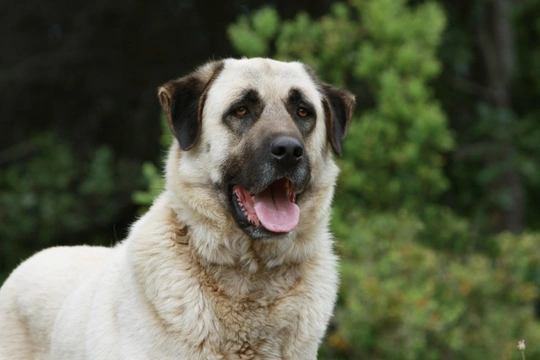
Lingual Frenulum Disorders in Dogs
Some dogs are born with a congenital abnormality that affects their tongue which is referred to as Ankyloglossia. The condition is more commonly known as "tongue tied" and fortunately, it is quite rare although the Kangal or Anatolian ShepherdDog breed are known to be more predisposed to inheriting the condition than other breeds. When dogs are born with the abnormality, the part of their tongues known as the lingual frenulum are thicker and shorter than normal and are typically attached to a dog’s gums which causes all the problems.
The Genetic Link
Studies show there is a genetic link involving a dog's T-Box genes, but it can also develop for other reasons during a puppy's foetal development. However, why this is remains a mystery and more research is needed into the disorder to establish why some dogs are more predisposed to inheriting a lingual frenulum disorder than others.
When a dog's tongue is normal, it is connected to their mouths via what is called a plicate leaf which is known as the frenulum lingua. Their tongues are not connected anywhere else in the mouth which allows dogs to freely move their tongues around. When they suffer from ankyloglossia, the frenulum lingua is attached to certain areas of a dog's gums as well which means they cannot move their tongues normally. In some cases, a dog can hardly move their tongue at all.
Breeds Most at Risk
Research has established that some breeds appear to be more predisposed to inheriting the disorder than others with Kangal Dogs being high on the list, more especially if they have been closely interbred. The result of this abnormality is that dogs find it difficult to move their tongues and this in turn makes it harder for them to eat any food, drink water and therefore to swallow which often means that dogs with the disorder lack condition and tend to be on the skinny side.
Correcting the Problem
Puppies born with a frenulum abnormality would need to have the problem surgically corrected with the end goal being to make sure they are able to eat, drink and swallow properly. The procedure is known as a lingual frenuloplasty and it frees up the parts of lingual frenulum that are attached to areas of the gum.
Prognosis
Once a dog’s condition has been resolved through surgery, they generally recover very well in a short space of time. As such, they start to put on condition due to the fact they can eat and drink properly. As previously mentioned, the recovery process after surgery is usually rapid although dogs need to be hand fed in the first instance until their tongues are healed. It is also important for dogs to be sitting in the upright position when they are being fed which helps them swallow more easily and it reduces the risk of them suffering from aspiration pneumonia which can be a life-threatening condition.



